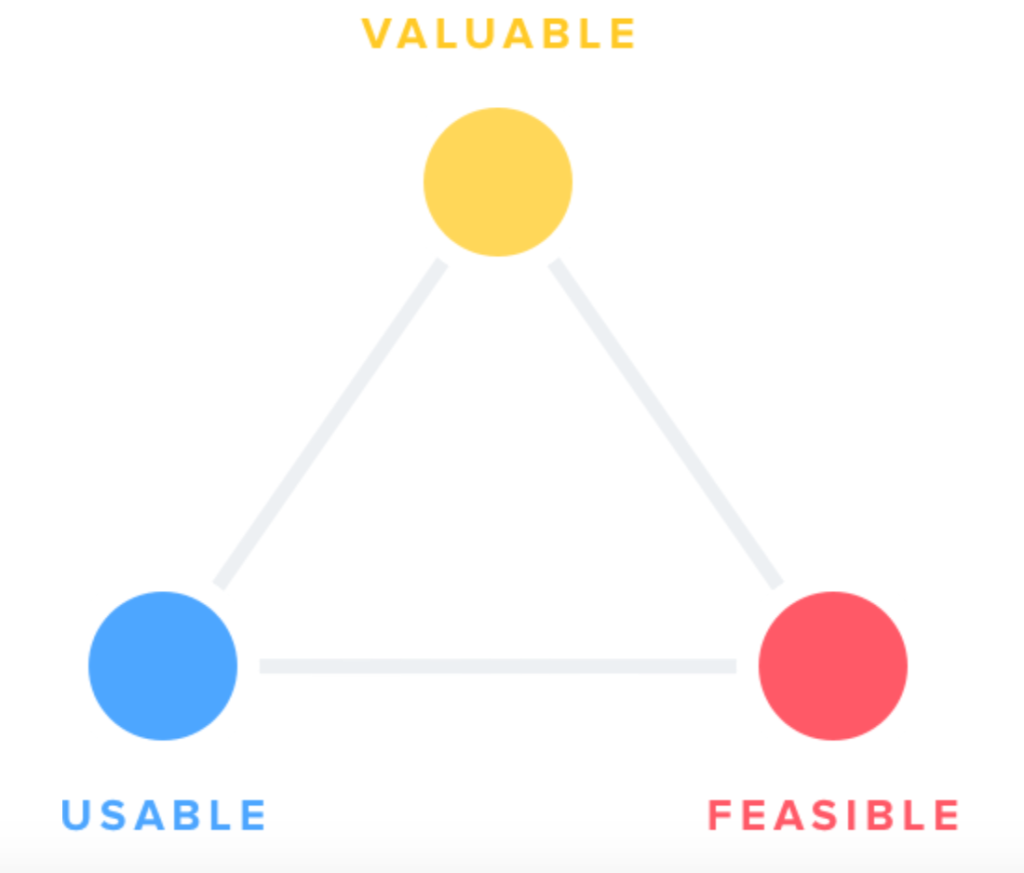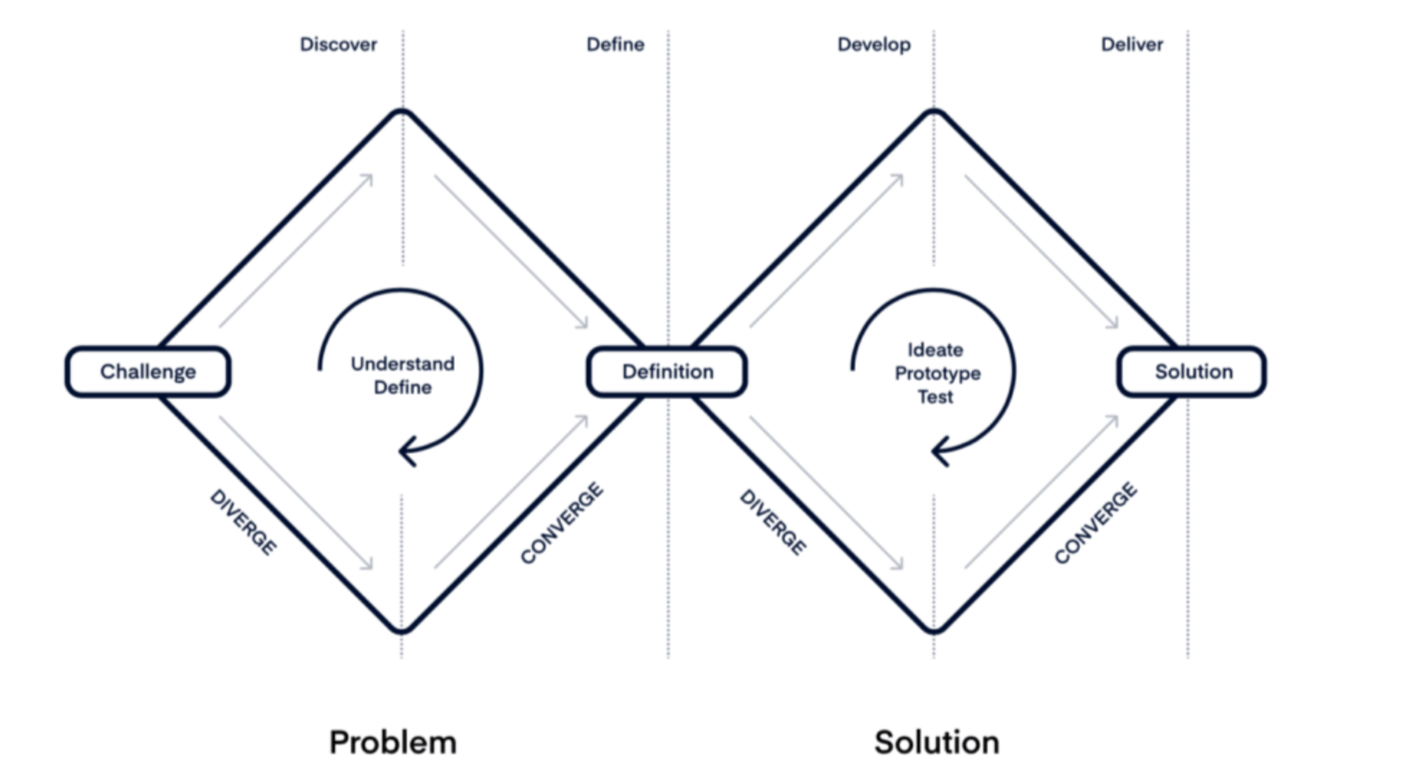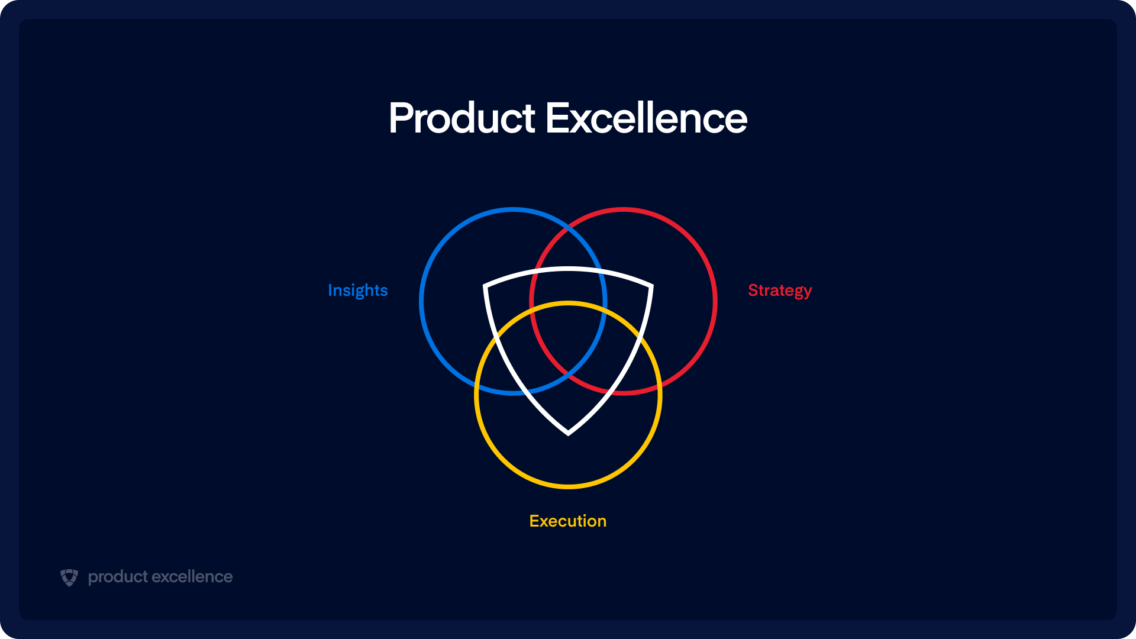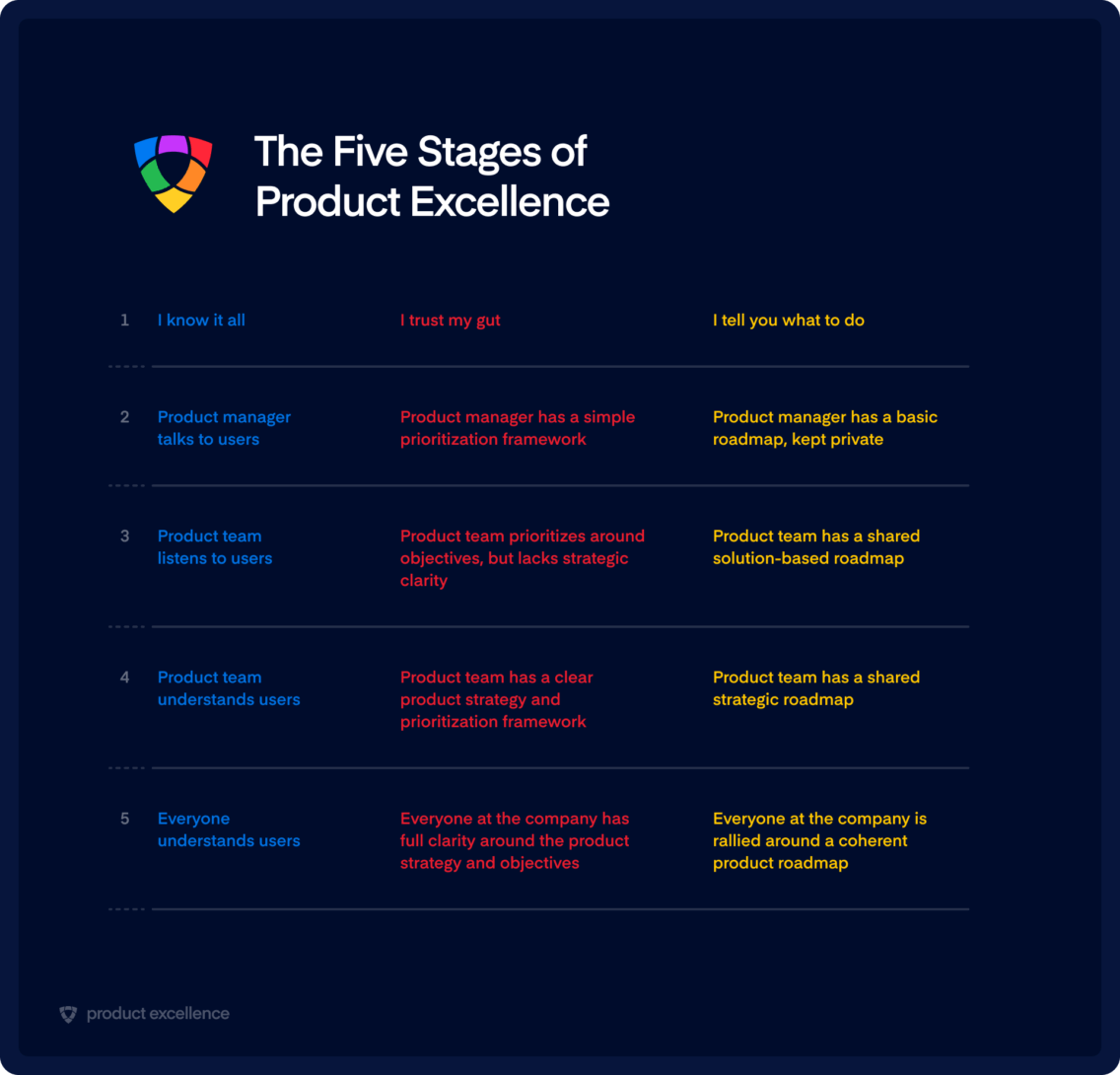What is the role of a product manager? In the simplest possible terms, product managers decide what features to build next.
Products exist to solve real problems in the world. That applies to physical products, like skateboards, as well as digital ones, like Facebook. For simplicity’s sake, we’ll refer to them as user needs.
The main thing that distinguishes physical products from software is that their features must be decided upon far in advance of being sold. Software, particularly web apps and mobile apps, are always evolving as new features and functionality are added for users to enjoy. In this case, it’s especially fair to say that the product manager’s job is to decide what features and functionality are added next.
Here is Marty Cagan’s take on product management from his book Inspired: How to Create Products Customers Love:
“Product management is discovering a product that is valuable, usable, and feasible.”

So products (and the features they contain) are a good idea to build if they’re valuable, usable, and feasible:
To summarize, product managers decide what to build next, and they do so by ensuring the features they build are valuable, usable, and feasible.
Deciding what features to build next can take so many twists and turns that it seems like product managers pretty rarely have a standard day. For this reason, product management is the perfect field for those who do not want to do the same work day in and day out.
The typical product management responsibilities that a PM might encounter day-to-day basis fall into the following categories:
Before product managers decide what features to build next, they often start by considering what would be most valuable to users (and potential users) of their products. To do that they must develop a deep understanding of what users need.
“Product management is all about bridging the world of problems (user needs) and solutions.”
The best product managers regularly engage in all of the following activities to understand what their users need:
Learn more: How to gather and leverage deep user insights (ebook)
Here are some tips for setting yourself up for success when it comes to the responsibility of product management prioritization:
Learn more: The essential guide to prioritization (ebook)
How do you lead your organization using influence, not authority?
One key to successfully winning buy-in from colleagues is to seek their input early and often. Share your plans and help them understand the criteria you used to make complex prioritization decisions and difficult tradeoffs. What are your biggest goals for the quarter? What initiatives will you be working on to address them? What phases will different groups of features be released in? When will they be available to users? How will this impact user behavior?
Depending on the type of product you work on, even prospects and customers will be interested in seeing the roadmap – particularly for complex B2B products with extended sales cycles, where end users are more likely to be highly involved with the intricacies of your product. Offering transparency into the decision-making behind your roadmap is a great way to excite users about the future of your product while collecting early feedback on features yet to be developed.
Learn more: The building blocks of excellent product roadmaps (ebook)
Let’s break down product management hard skills and soft skills needed to excel in the role.
It can help to shape your product management tools and tech stack around the double diamond framework.

Tools for capturing qualitative user feedback
Tools for capturing quantitative feedback
Tools for validating the problem
Tools for ideating solutions
Tools for prioritizing your work
Learn more: The modern product manager’s tech stack (blog)
Product Excellence is Productboard’s methodology for better product management. It emphasizes getting the right products to market faster through deep user insight, a clear product strategy, and an inspiring roadmap.

Through conversations with thousands of product managers, we’ve discovered that teams who consistently build products that people use and love share three areas of mastery:
The five stages of Product Excellence codify the Product Excellence methodology. You can use it to assess where your organization falls today and identify strengths and areas for improvement.

Learn more: Product Excellence: How to build products like today’s top product teams (ebook)
If you could only read one book on product management:
If you could read five more books:
If you could only read five articles on product management: